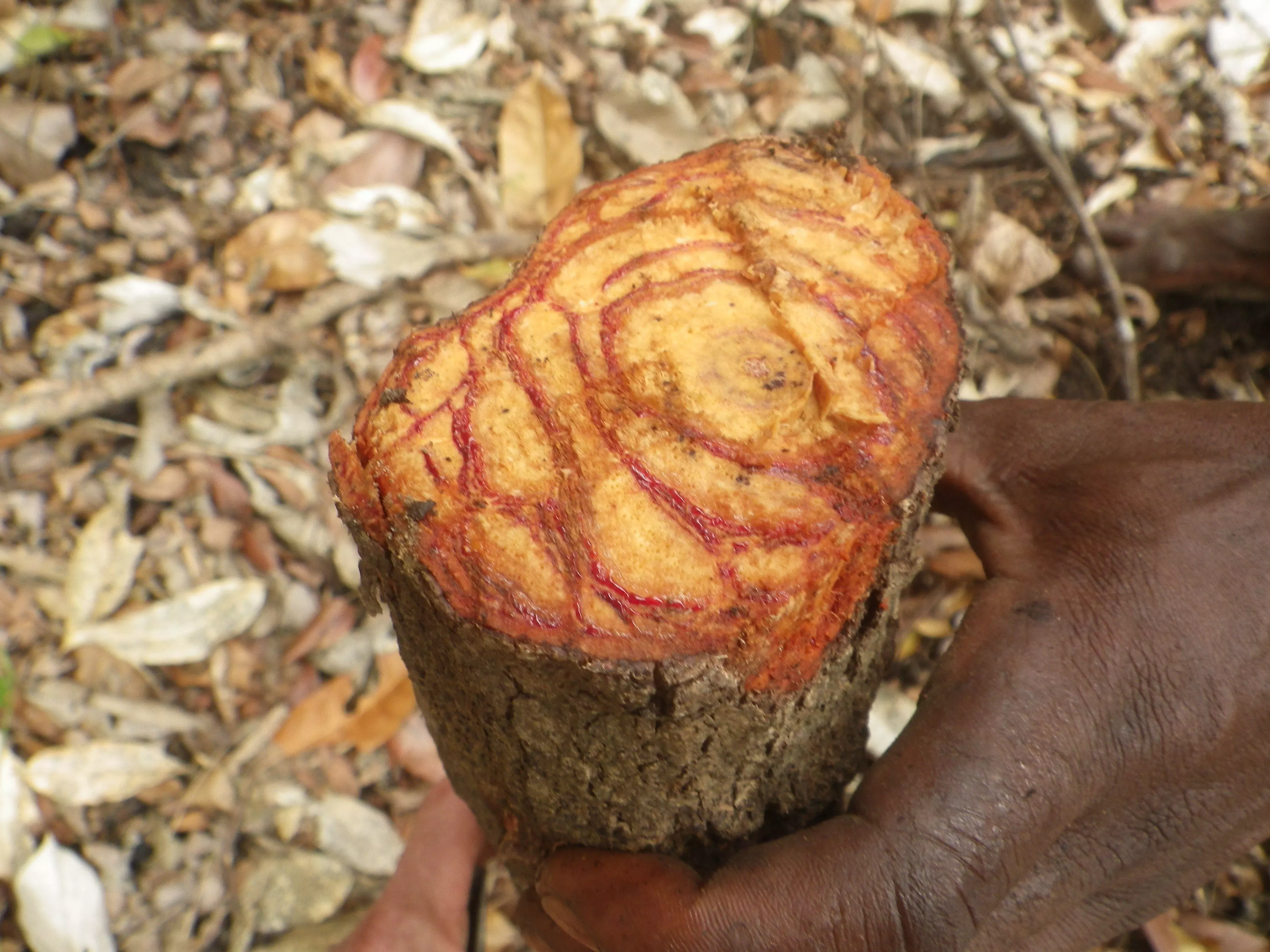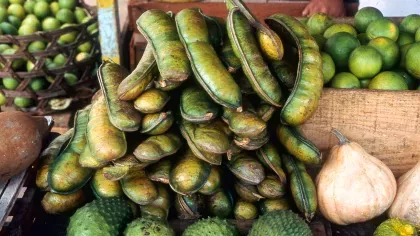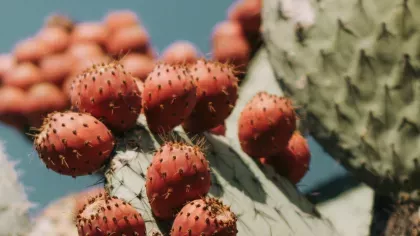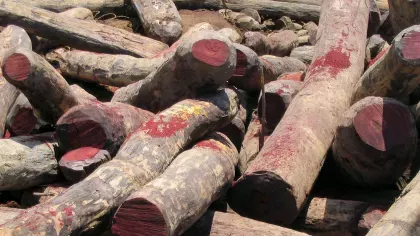25 October 2022
Dalbergia in danger: How a checklist sets out to save a genus
An increasing unsustainable demand for Dalbergia species threatens the genus, but the upcoming release of a new checklist holds promise to combat this threat.

Dalbergia (rosewoods) are an economically important genus with a wide range of uses from furniture, medicine and firewood to food.
Dalbergia is in the legume family and species are found across the world, especially in tropical forest and savanna habitats in Africa, Asia and the Americas.
Many species have beautiful red or purple coloured wood and are in demand to make high value furniture or musical instruments.
Due to an increasing unsustainable demand for rosewood timber, the Brazilian Rosewood, Dalbergia nigra was listed in CITES (Convention on International Trade in Endangered Species of Wild Fauna and Flora) on Appendix I (the highest category of regulation) in 1992, followed by the entire genus listed on CITES Appendix II in 2017.
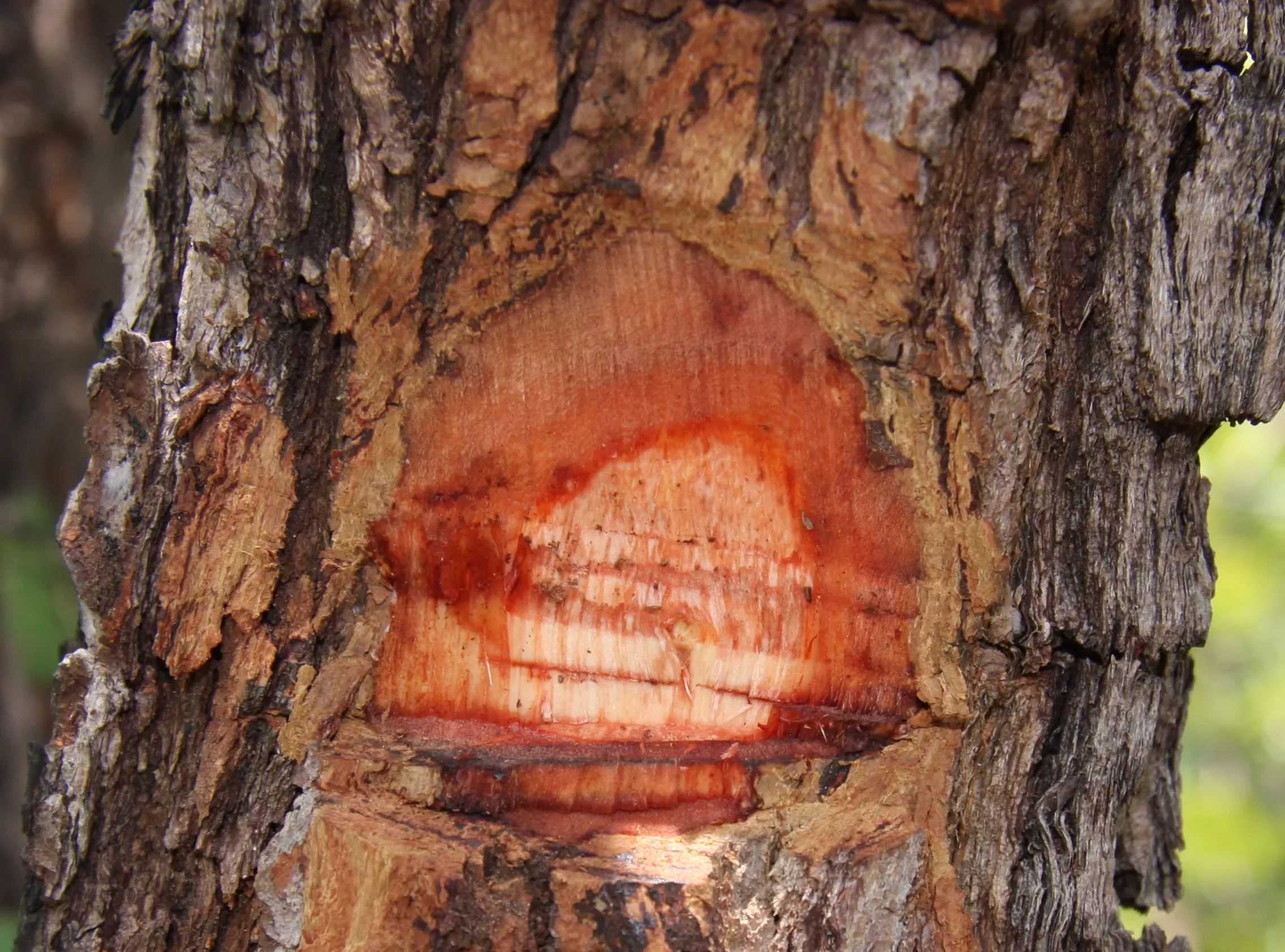
The need for a checklist
Many plant and animal species listed on CITES have a standard nomenclature reference (a list of all the species names in a genus or family) which can be used for CITES Parties’ national legislation, by border control and CITES Management and Scientific authorities to help keep track of trade to and from their countries.
At the 18th CITES Conference of the Parties (COP18) in 2019, it was recommended that an annotated CITES checklist of Dalbergia was required as there was no complete list of Dalbergia species available which made implementation of CITES regulations extremely difficult.
Our scientists collaborated with an international team of Dalbergia taxonomists, IUCN Red List assessors and plant nomenclature experts to produce the first ever CITES checklist for Dalbergia.

What’s in the checklist?
The checklist is published in English, French and Spanish and contains a comprehensive list of all published Dalbergia names, species profiles for 275 accepted species and a species list for every country that Dalbergia species occur.
The profiles contain a summary of information about each species, including their common names in English, French and Spanish, main uses, plant habit (is it a tree, shrub or climber?), height, what type of habitat it grows in and country distribution.
One of the most important parts of the profile is the species' IUCN Red List status which tells us if the species is at risk of extinction. Overall, nearly half of all Dalbergia species were assessed as threatened (Vulnerable, Endangered or Critically Endangered) with the main threats assessed as overharvesting for timber and charcoal and habitat loss.
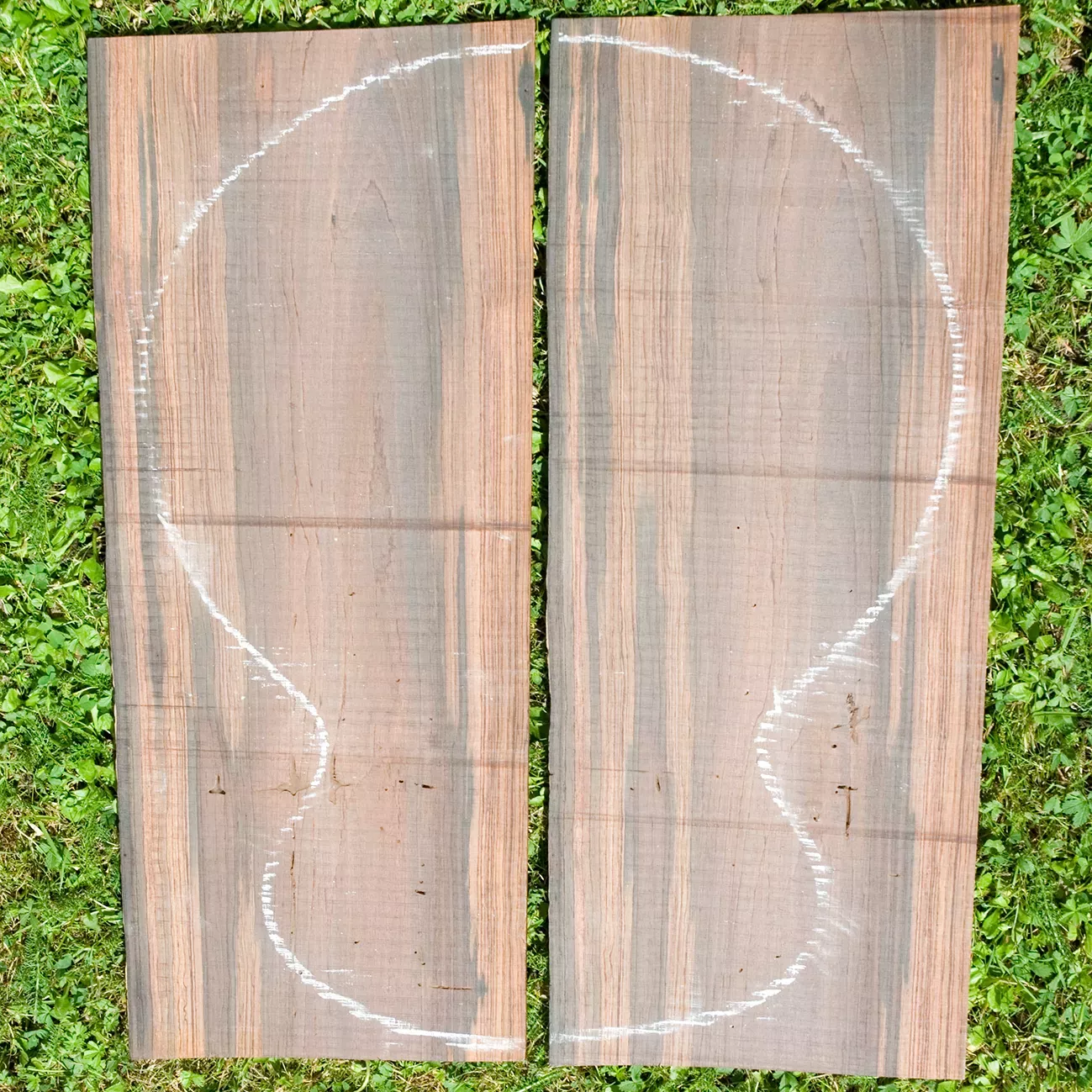
The main uses we found for Dalbergia species were medicine, carving and handicrafts, furniture, animal food and construction. Madagascar has the highest number of Dalbergia species (53), followed by Brazil, India, Malaysia, Thailand and Myanmar. Taxonomists studying Madagascan Dalbergia predict there are many more species still to be described as new to science.
When will the checklist be released?
The Dalbergia CITES checklist will be presented at CITES COP19 in November 2022 for the approval of the CITES Parties and officially adopted as the standard reference for Dalbergia. More work remains to be done on the rosewoods, including improving identification tools and building a comprehensive timber library to aid enforcement officials to track trade of Dalbergia species.
Funding
The preparation of this checklist was made possible thanks to the generous financial contribution of the European Union through the EU-CITES project “Implementation of CITES CoP18 Outcomes” implemented by the CITES Secretariat.

